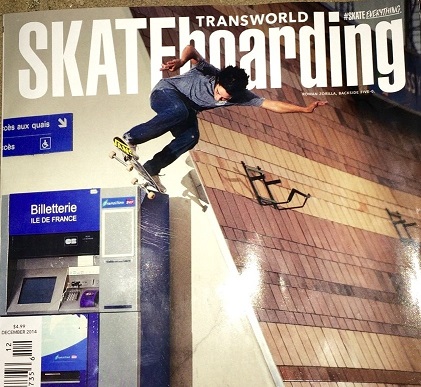Matt Heinz has been a trusted advisor to FSS since we met him at a Selling Power conference in May of 2013. In addition to the insight he shares with us on regular quarterly updates, Matt has also contributed the following article for our blog. If you want to know what is happening in the world of Marketing, and its critical connection to successful selling, schedule a 15 minute call with him. Thanks, Matt!
A lack of discipline around sales forecasting can kill your sales organization’s credibility. And as a sales manager or executive, it can also damage the trust you’ve built with your executive team and board.
Of course, sales forecasts are never going to be perfect. But these seven steps can make a material impact on how consistently and accurately your forecasts predict actual sales results.
Consistent definitions
Does everyone across the sales floor have the same definition for a qualified opportunity? What does it mean for an opportunity to be in the “negotiation” stage, for example? Is procurement actively engaged? Do they have an agreed-upon close date in mind? Ensuring these and other stage definitions are detailed and consistent will save you a ton of time, plus ensure that forecasted-to-close deals actually are on track.
Faster CRM updates
Many sales reps fail to update their opportunities simply because they don’t have time, or updating records takes way too long. Make it easier and faster for reps to update CRM – from the road, their mobile devices, and even at their desks. Minimize the information required, or use tools such as FactorLab to ask for, collect and leverage the right information that has the most meaning and correlation to qualified opportunities and pending closed deals.
Use better qualifying questions
Are reps asking the right questions, the sometimes hard questions, to ensure deals are on track? Or are they assuming deals are pending because of misinterpreted signals? Chatty prospects aren’t necessarily qualified prospects. And just because the prospect loves what you’re selling doesn’t mean they have budget and/or authority to move forward. Ask the right questions (and consider adding custom fields to your CRM to record them) so that pending deals are in fact pending.
Tie opportunities to a “compelling event”
Budget may exist. You may be talking to a decision maker. They love what you can do. But if what you’re selling doesn’t correlate to a “compelling event” – something happening in the organization that makes your solution (and the outcome it represents) a top priority, then it’s way too easy for your sale to slip through the cracks or fall down the priority list at the last minute. Sales tied to a top-priority – something that has visibility broadly and publicly – are far more likely to stay on track and close when expected.
Map the entire buyer ecosystem
All too often, a deal feels on track until a “surprise” influencer pops up at the last minute to squash or delay the sale. In most B2B sales opportunities, the buyer ecosystem involves at least a handful of people – decision-makers, influencers, endorsers, users, gatekeepers, etc. The better you understand the entire playing field, and have a story for each individual, the more likely your deal stays on track.
Map the entire purchase/procurement process
For complex purchase and large companies in particular, it’s extremely important to know exactly how the procurement process works. Who is involved, what are the stages, how long does it take. If you assume the deal is a go, and expect procurement to be a breeze, you’re kidding yourself. Some procurement processes take weeks or months to complete. Managers, consider requiring a complete map or understanding of the procurement process at an earlier stage of the sales opportunity development so there aren’t any surprises late in the game.
Reward reps for forecast accuracy history
This can be tricky, as you don’t want to discourage reps from “committing” to closed deals for the month or quarter. But if you follow the steps above, reps should have an easier time hitting their forecasts. And that’s definitely behavior you want to reinforce, reward and continue.
Curious to hear what’s worked for you as well to increase sales forecast consistency.







